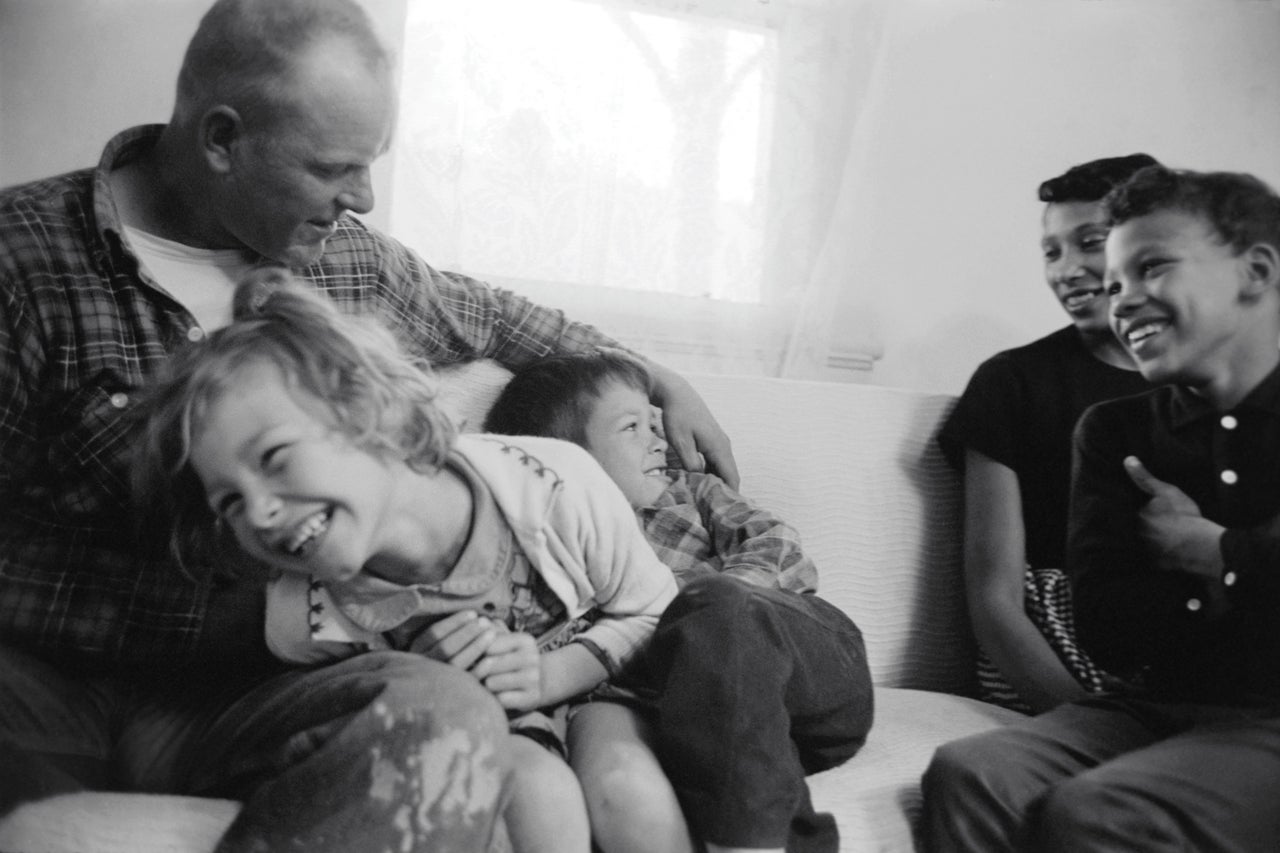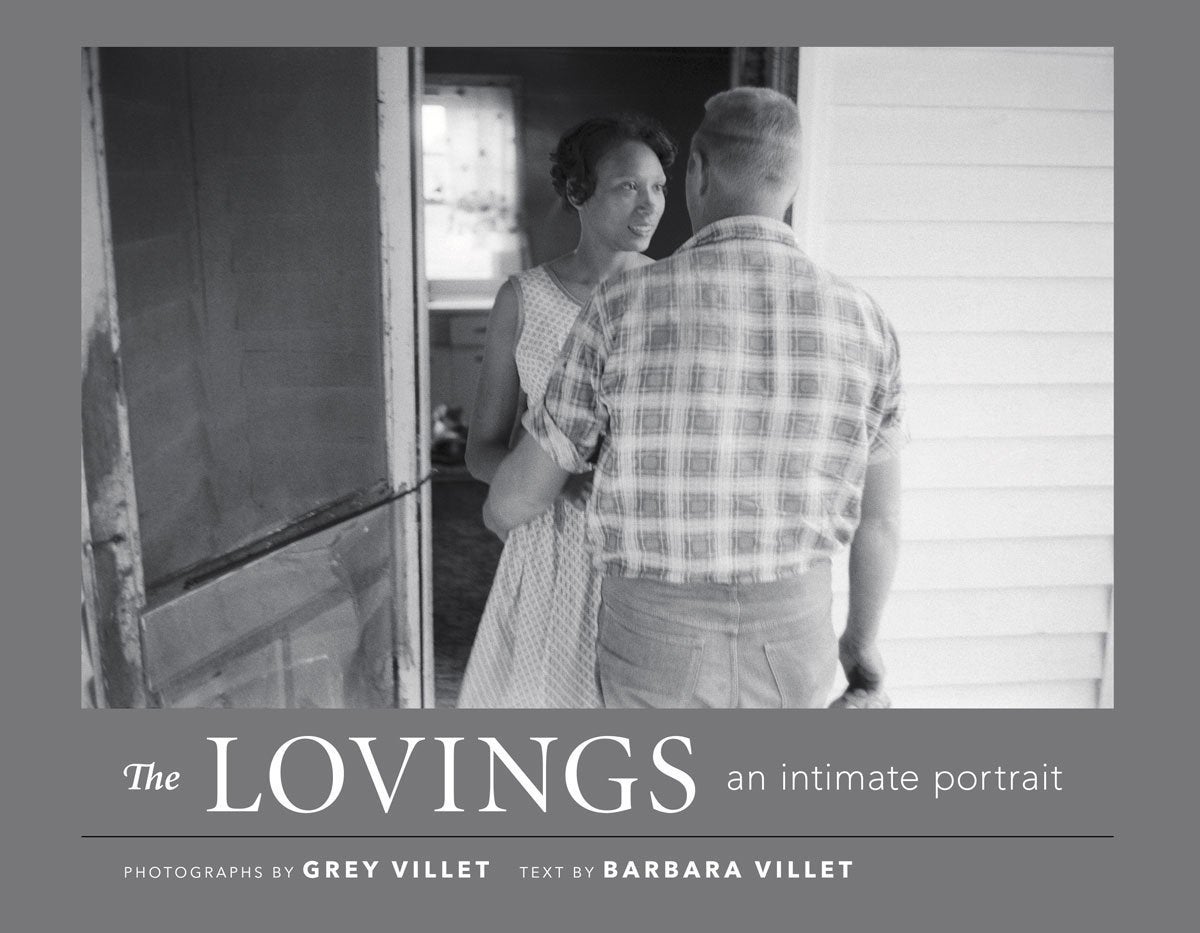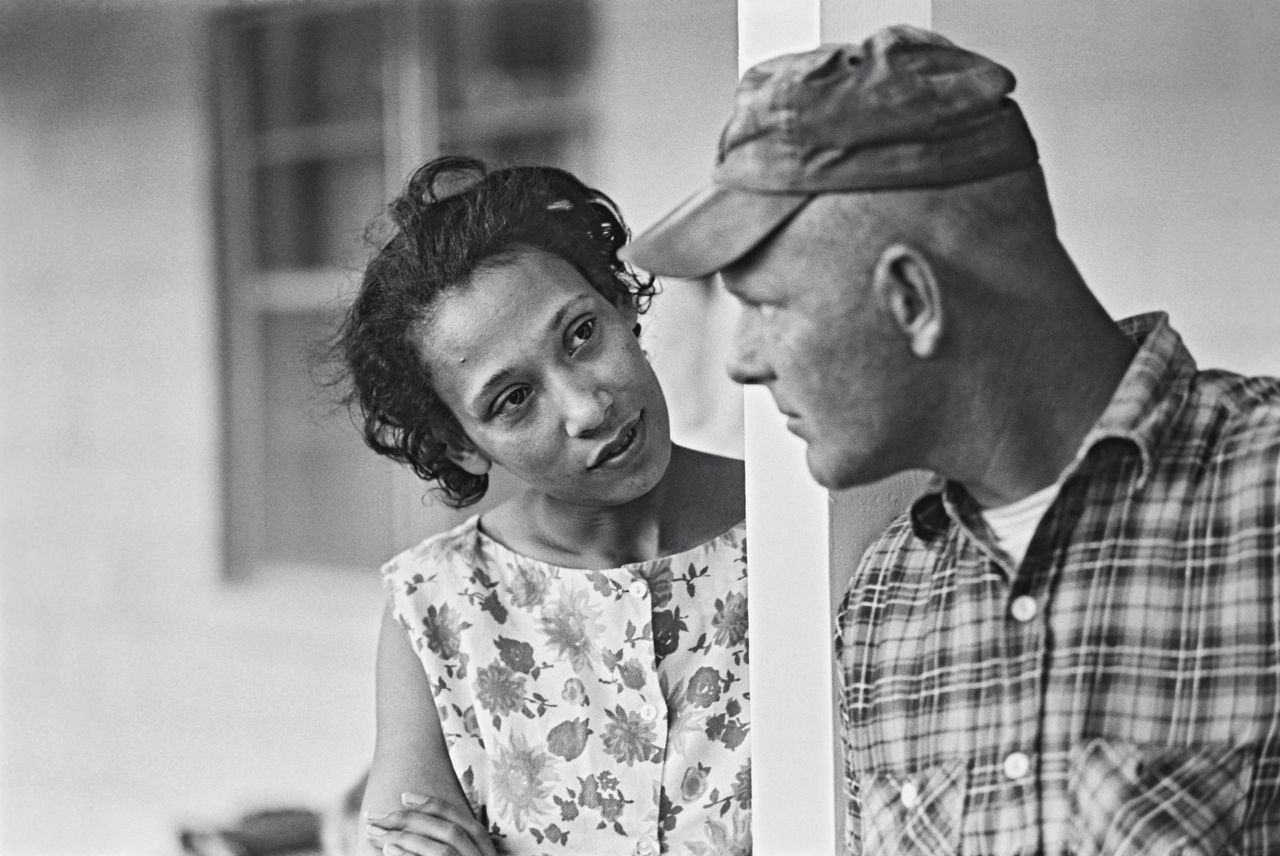Monday, June 12, marks the 50th anniversary of the landmark United States Supreme Court decision Loving v. Virginia, which quashed anti-miscegenation laws in 16 states around the nation, ushering restrictions against interracial marriage to the wrong side of history.
The date is now remembered as Loving Day in honor of Richard and Mildred Loving, the couple who defied the state’s ability to dictate the terms of their love based on their skin color. Mildred, who was of African American and Native American descent, and Richard, who was white, wed in 1958 in Washington D.C., because interracial marriage was illegal in their native rural Virginia, as well as 15 other Southern U.S. states.
When the Lovings returned to Virginia, however, local police raided their home one early morning after being tipped off by another resident. They declared the Lovings’ marriage license invalid within the scope of the state, placing the couple under arrest.
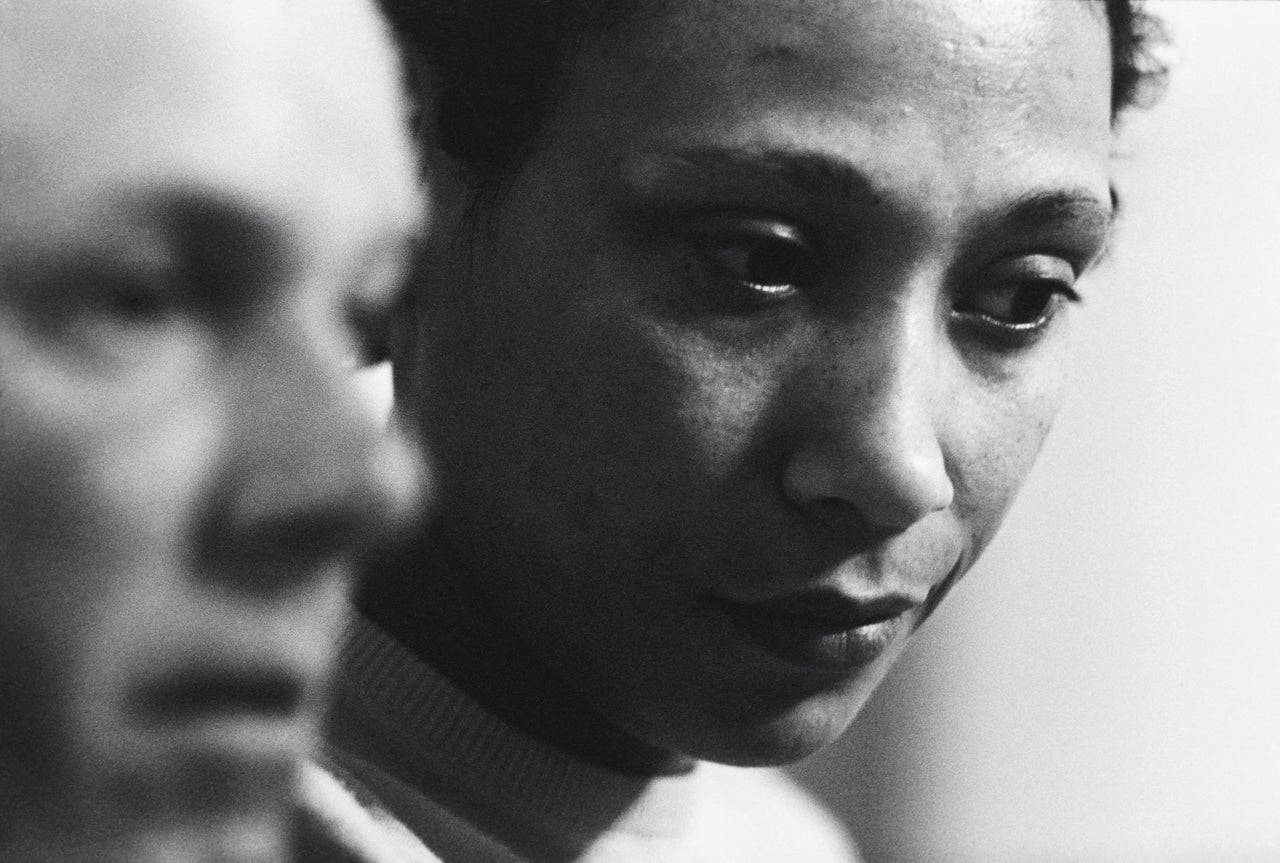
The Lovings pled guilty to “cohabiting as man and wife, against the peace and dignity of the Commonwealth,” and were sentenced to one year in prison. A judge later agreed to suspend the sentence if Mildred and Richard left Virginia and did not return for 25 years.
The couple relocated to Washington, D.C., but they did not end their story there. In 1964, attorneys from the ACLU filed a motion on behalf of the Lovings, requesting the charges and sentences against the Lovings be dropped. The Lovings appealed the local ruling all the way to the Supreme Court, where their sentence was unanimously overturned in 1967.
“Under our Constitution,” Chief Justice Earl Warren said in his decision, “the freedom to marry, or not marry, a person of another race resides with the individual and cannot be infringed by the State.”
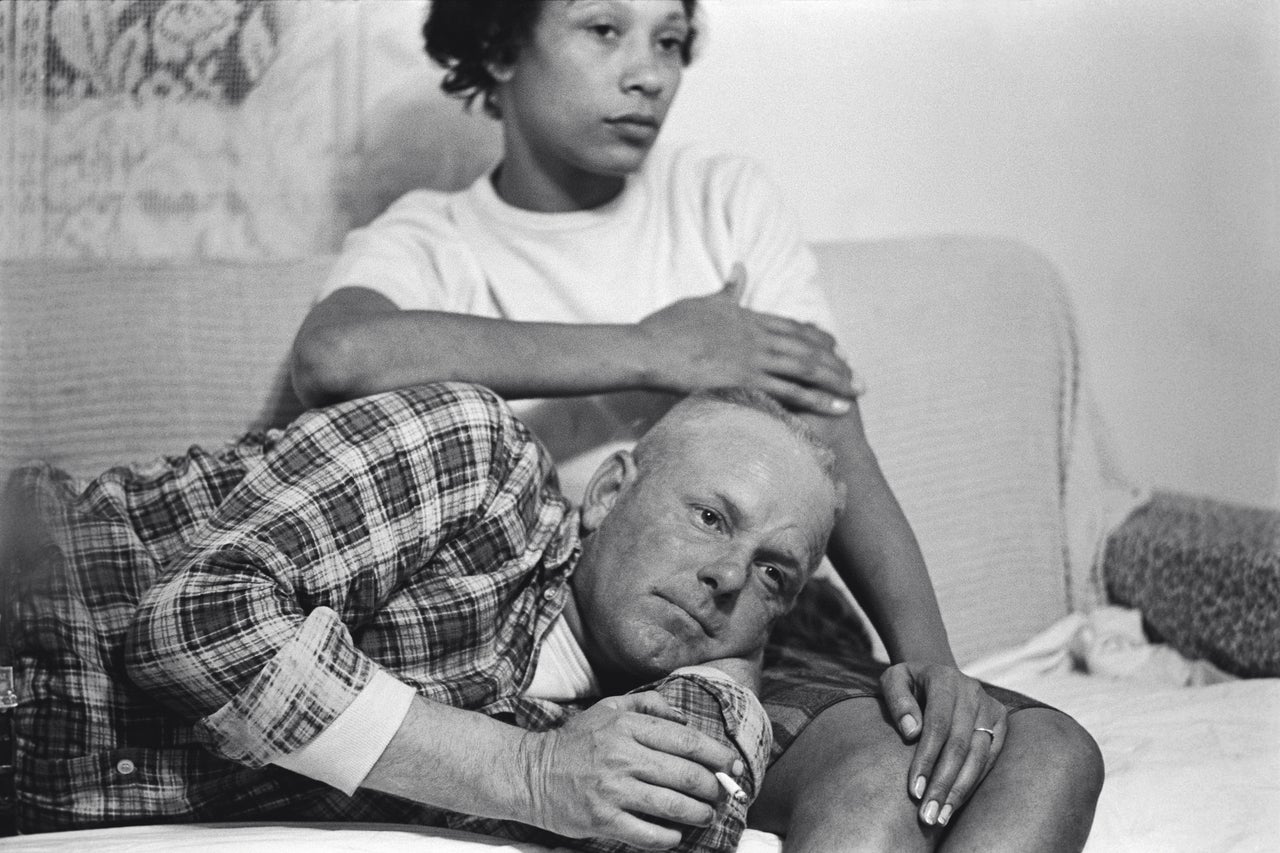
Two years before this verdict, in the spring of 1965, Life magazine photojournalist Grey Villet spent time with the Lovings, as well as their family and friends, documenting the lives of a couple whose love had transcended the everyday to become the stuff of legends.
Villet’s photo essay, titled “The Lovings: An Intimate Portrait,” captures Mildred and Richard when word of their civil rights battle was spreading throughout the country and the fate of their relationship remained unknown. Through black-and-white images, the photographer captures the subtle glances, spurts of laughter and moments of quiet determination that, together, comprise a love story whose power echoes today.
We commemorate the Lovings’ bravery and tenacity in the face of prejudice and the systems of white supremacy. Villet’s photos help us remember the Lovings not just for what they represented, but who they were. The simple moments of connection, support and companionship that provided the strength to change the world.
